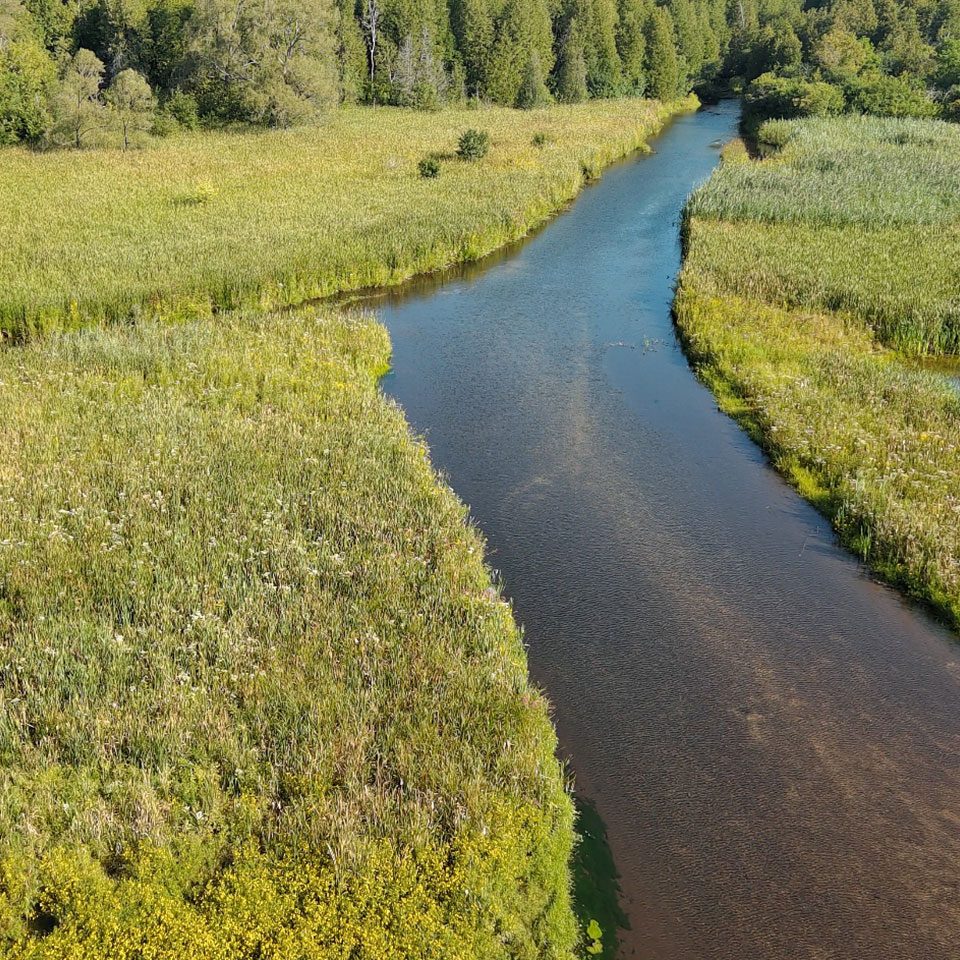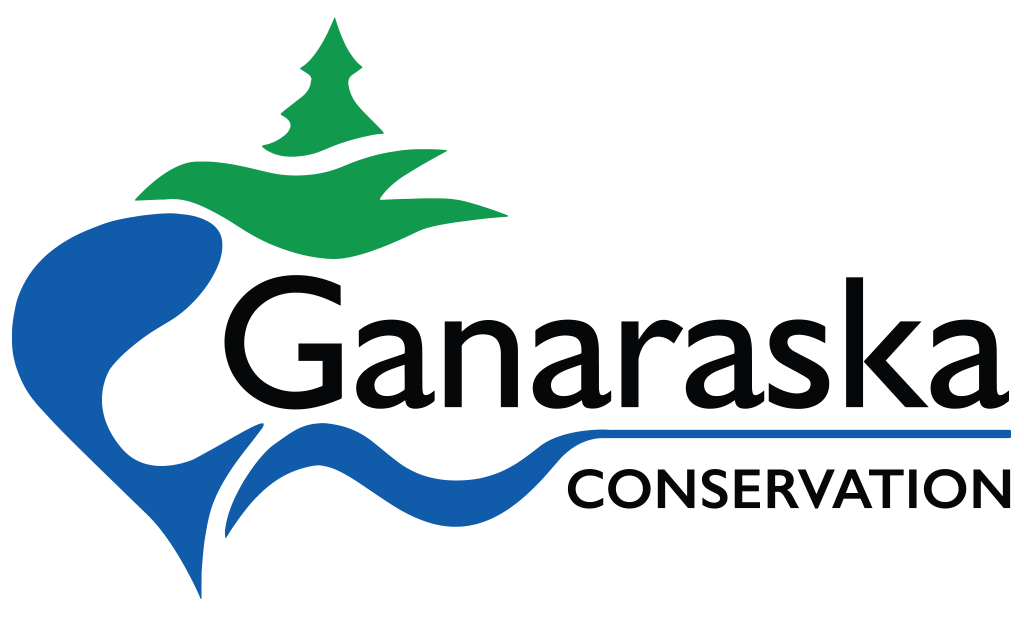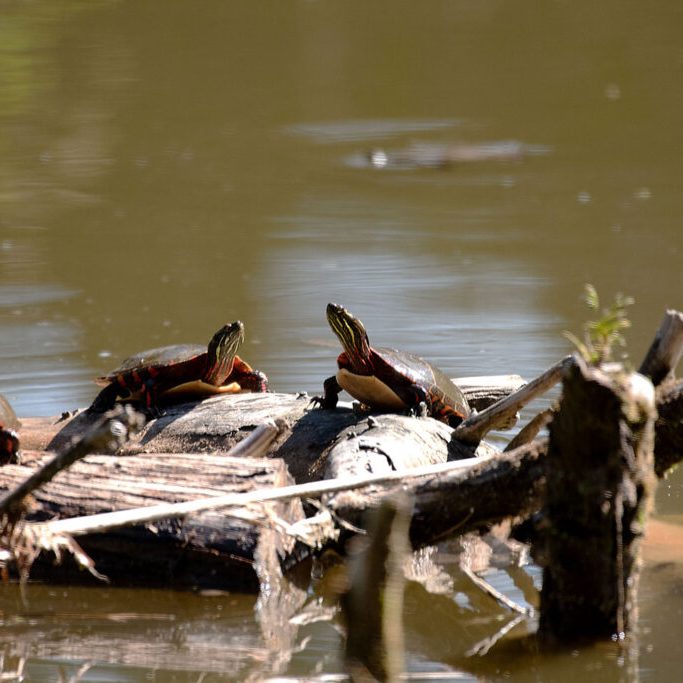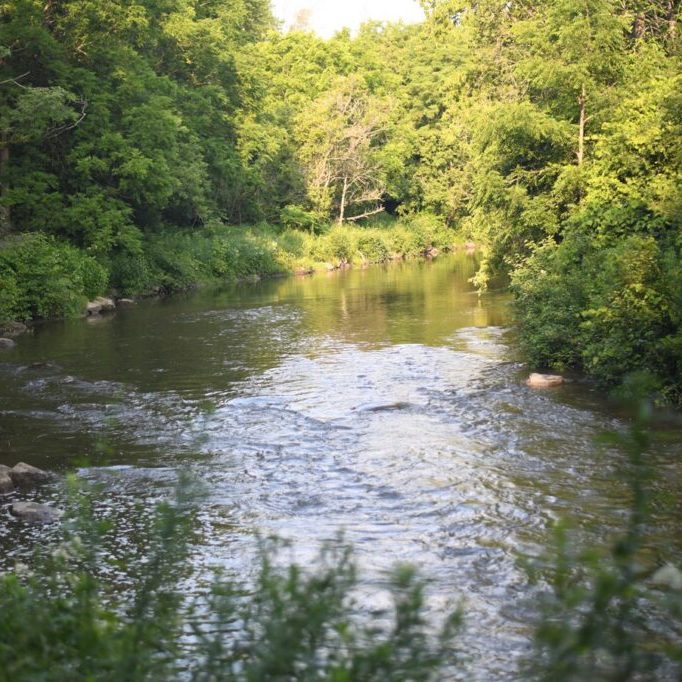
Protecting People & Property
Watershed management provides for a rational, scientific approach to natural systems conservation, restoration and use.
The information collected from years of monitoring coupled with community knowledge is used as the basis of watershed and fisheries management planning. These plans provide recommended actions that will guide watershed management for current and future generations.
Watershed management actions include tools and programs related to protecting people and property (flood forecasting and warning), improving watershed health and monitoring overall watershed conditions in terms of the following topics: groundwater quantity and quality, surface water quantity and quality, aquatic resources and terrestrial resources.
Integrated Watershed Management (IWM)
Conservation Authorities rely on an Integrated Watershed Management (IWM) approach to protect water resources and address escalating environmental challenges from the impacts of climate change and urbanization.
Our activities on the land impact the health and sustainability of natural resources and can threaten how much water remains available, as well as, how well we can adapt to the impacts of climate change. IWM is an approach that requires us to manage human activities and natural resources, together, on a watershed basis taking into consideration the connected interests and needs of the environment, economy and society.
Watershed Plans
A watershed is an area of land that drains water to a particular point, which in the Ganaraska Region Conservation Authority watersheds is Lake Ontario.
The purpose of watershed planning is to develop locally driven plans that will create a framework to guide the conservation, management, rehabilitation, and enhancement of the watersheds and their resources. This process is needed for sound land use planning and is required under the provincial Oak Ridges Moraine Conservation Plan.
The topics covered within a watershed plan include groundwater quantity and quality, surface water quantity and quality, terrestrial natural heritage, aquatic habitat and species, public health and well being, and community heritage.
In 2009, the Cobourg Creek Watershed Plan was finalized. The Cobourg Creek Technical Review Committee and Community Advisory Committee have provided valuable review and input into the watershed plan. Two key documents have been created through this initiative, the Cobourg Creek Background Document: Abiotic, Biotic and Cultural Features and the Cobourg Creek Watershed Plan.
In 2010, the Ganaraska River Watershed Plan, Wilmot Creek Watershed Plan, Graham Creek Watershed Plan, and the Lovekin Creek, Bouchette Point Creek and Port Granby Creek Watershed Plan were all finalized. Each of these watersheds also engaged a Technical Review Committee and Community Advisory Committee that provided valuable reviews and inputs into the watershed plans.
Additional Watershed Studies & Plans can be viewed on this page
Watershed Background Reports
Each of these initiatives is supported by a Background Report, including Abiotic, Biotic and Cultural Features.
The next step after the development of the watershed plans is plan implementation. This step is seeing the recommended management actions realized throughout the watersheds. Plan implementation occurs through the many partnerships between the Ganaraska Region Conservation Authority, local municipalities, agencies, stakeholders and residents.
To learn more about watershed planning, or to become involved in plan implementation, please Contact the GRCA.




